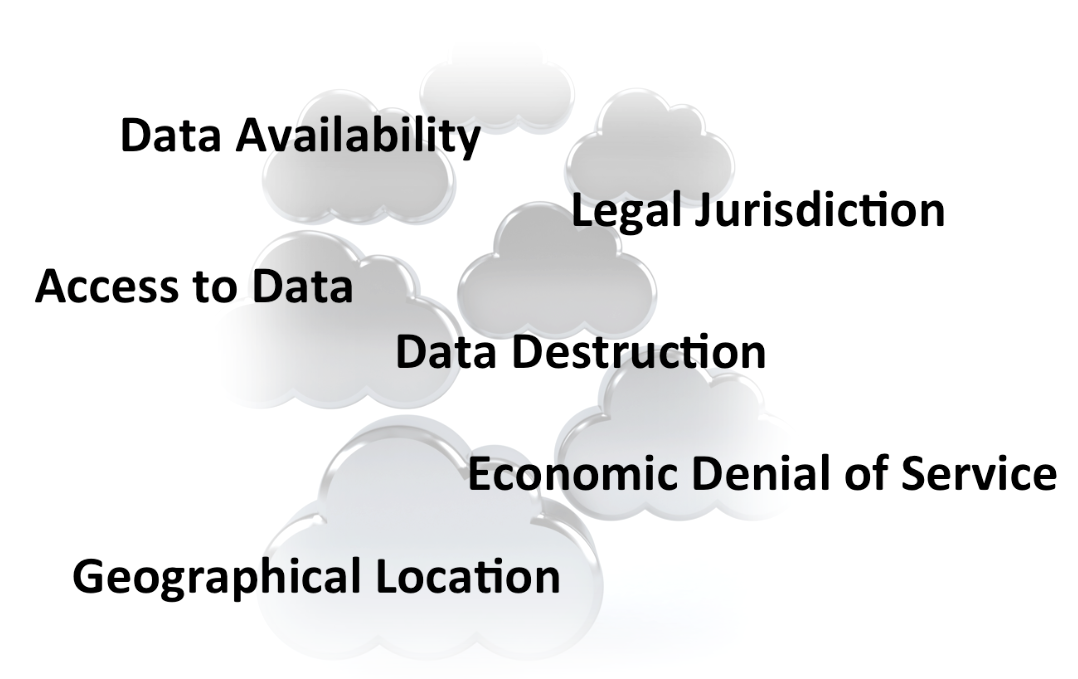ICO issue BYOD advice.
The Information Commissioner’s Office (ICO) has recently issued advice for companies with regards to BYOD (Bring Your Own Device). This guidance explores what you need to consider if permitting the use of personal devices to process personal data for which you are responsible. The ICO document can be found here:


